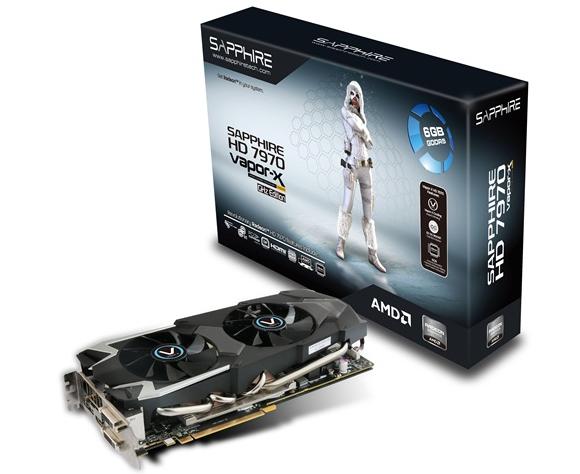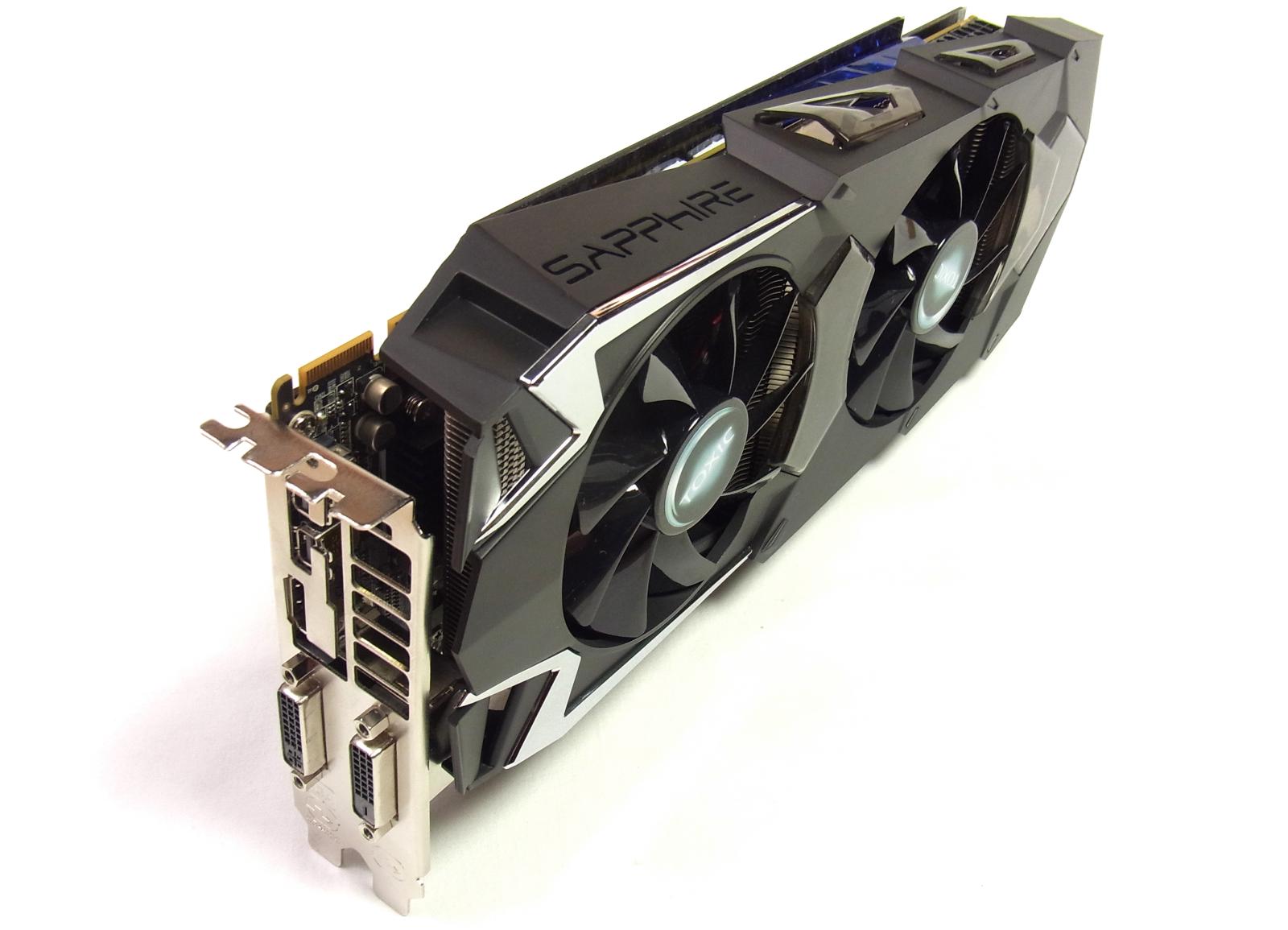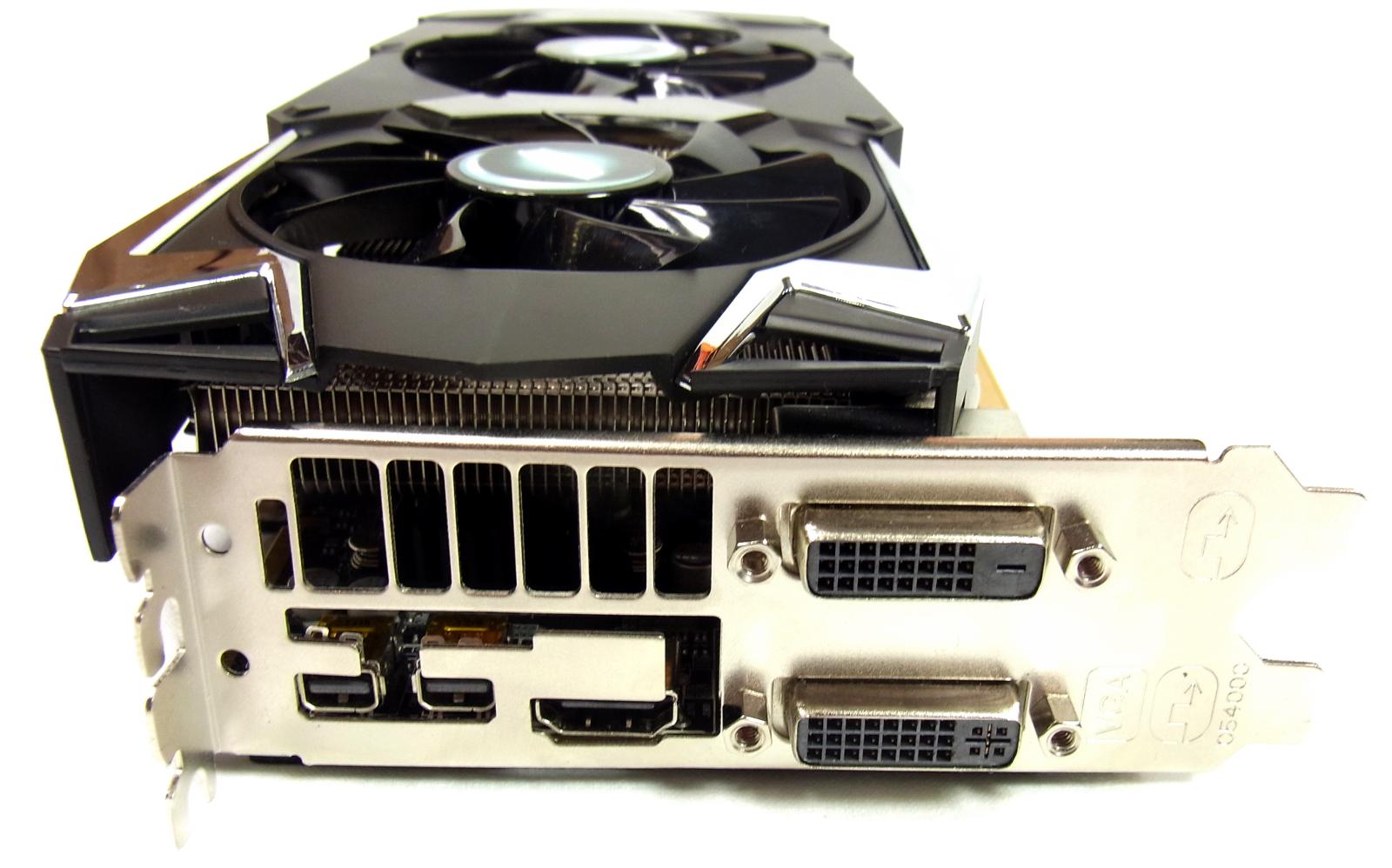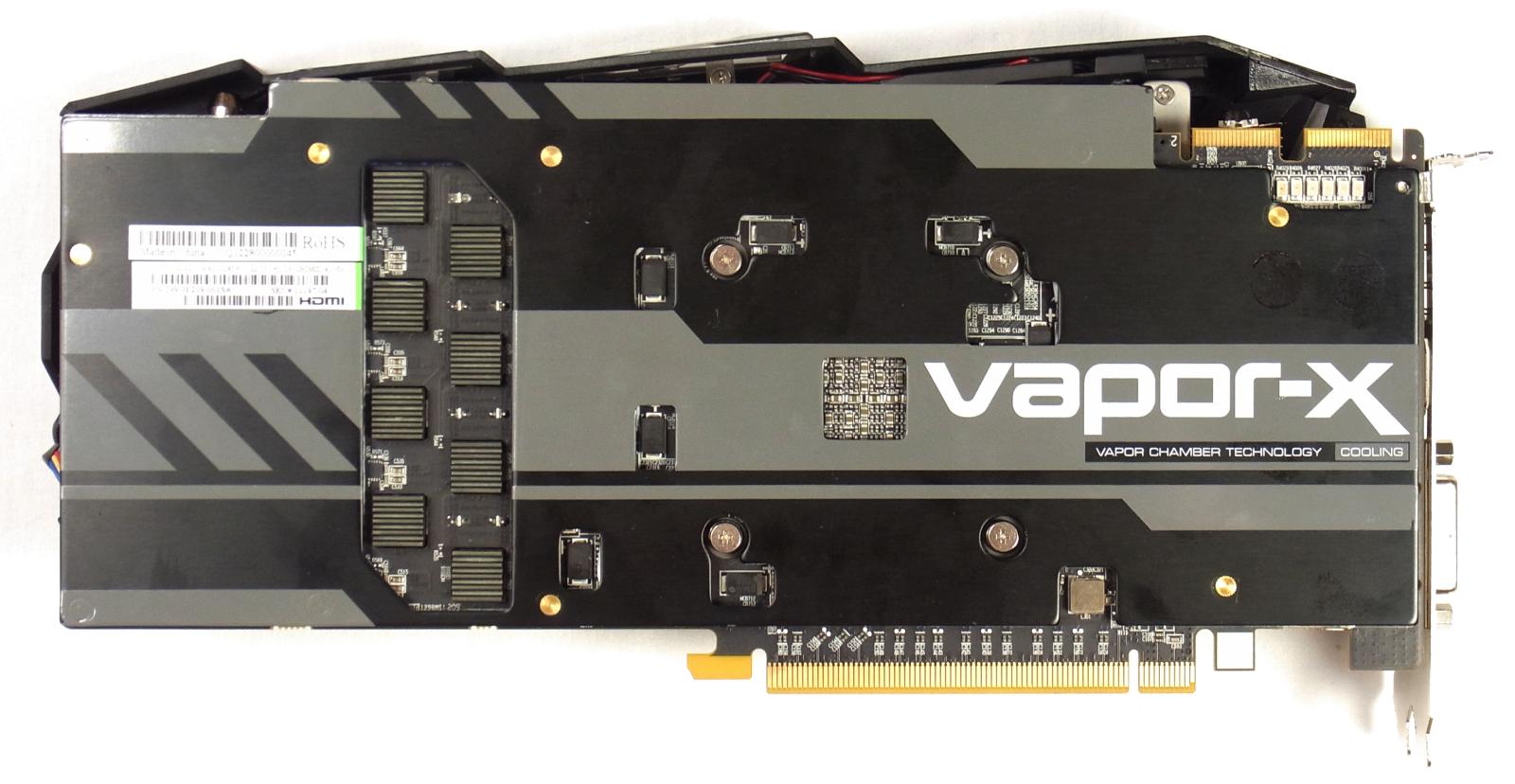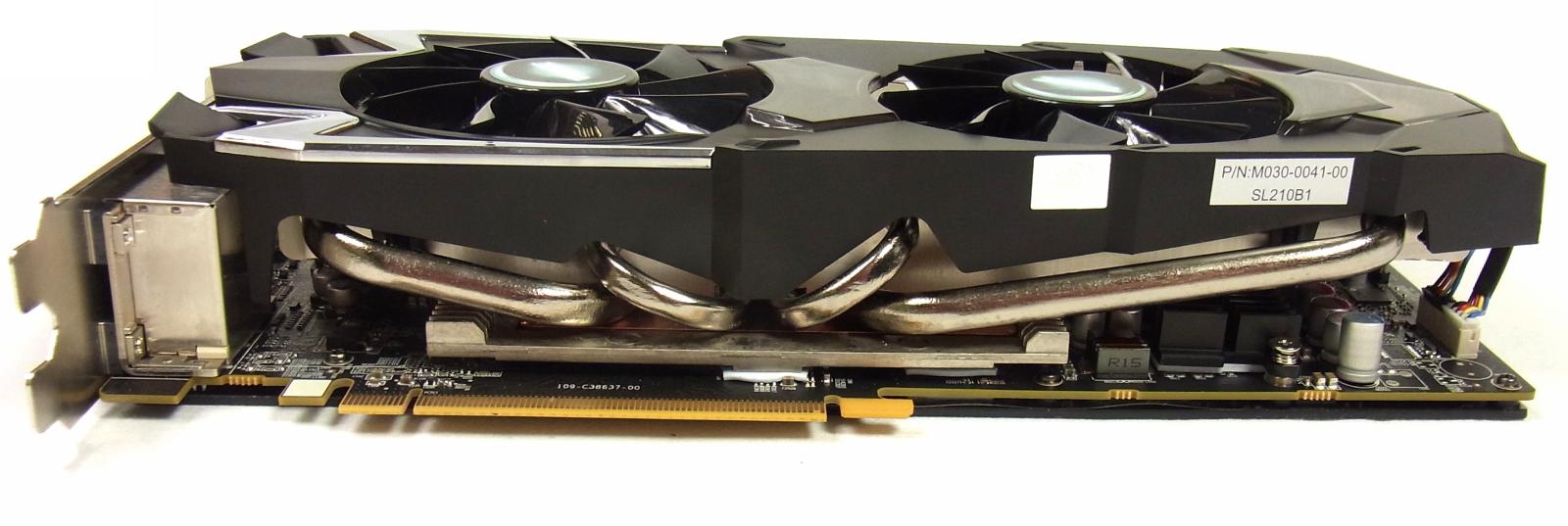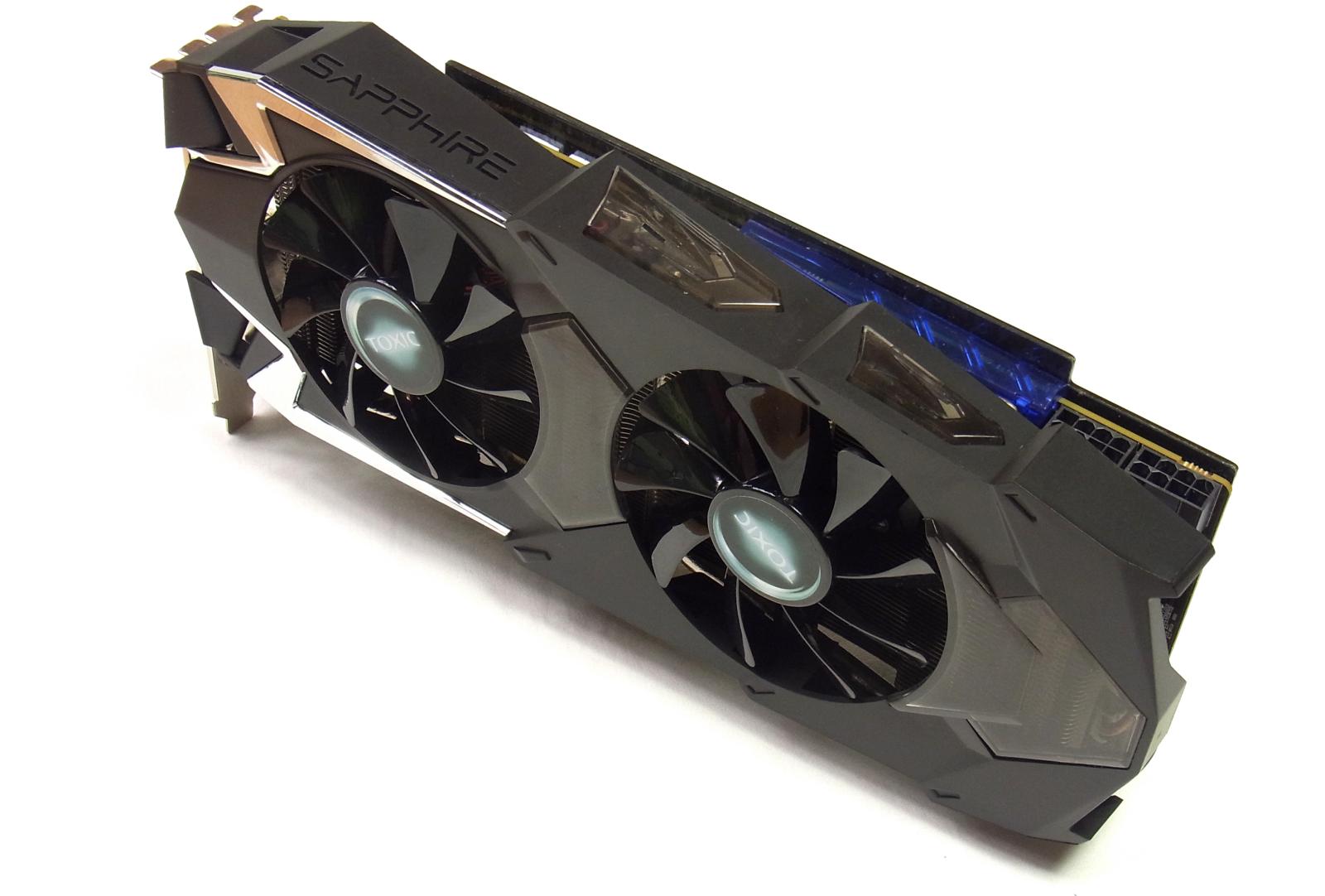Sapphire Toxic HD 7970 GHz Edition Review: Gaming On 6 GB Of GDDR5
Sapphire gives its new flagship graphics card 6 GB of very fast memory, compared to the mere 3 GB on AMD's reference card. Does this give Sapphire's Toxic HD 7970 GHz Edition a real-world speed boost? We connect it to an epic six-screen array to find out.
Sapphire Toxic HD 7970 GHz Edition: 6 GB At 1600 MHz
Sapphire’s new flagship graphics card, the Toxic HD 7970 GHz Edition 6 GB, has two times as much GDDR5 memory as AMD's reference Radeon HD 7970 GHz Edition board. The company employs the same GPU discussed in AMD Radeon HD 7970 GHz Edition Review: Give Me Back That Crown!, allowing its own Lethal Boost technology (essentially automatic overclocking) to take the chip up to 1200 MHz and the memory to 1600 MHz when thermal headroom allows. The combination of a faster clock rates and extra memory should yield a nice performance boost for the folks who know how to capitalize.
Wait. There are ways to take advantage of all of that memory, aren't there?
Lots of extra RAM is most effective at high resolutions and with lots of anti-aliasing applied. So, that's what we'll be looking most closely at today.
Nothing says big resolutions like an Eyefinity setup composed of six monitors. You might think that we'd need a special Eyefinity Edition of the Radeon HD 7970 to achieve such a thing, but it's indeed possible using a trio of splitters. The only question to answer is whether the card's single Tahiti GPU is fast enough to drive such a massive setup.
Speaking of massive, we decided to go all-out for this little experiment, making it a public event. Our point of comparison was the Radeon HD 7970 from Gigabyte, which we recently reviewed in Gigabyte Radeon HD 7970 Super Overclock: Now With Windforce 5X. For the sake of our head-to-head, we overclocked the Gigabyte board to 1200 MHz, giving us a good baseline for 3 GB versus 6 GB of memory.
Technical Specifications and Features
Sapphire naturally went with AMD's Tahiti GPU for its top-end board, including the built-in TDP limiter that throttles clock rate beyond a set thermal ceiling. We'll be testing to see if that turns out to be a good move. The card's 6 GB of memory running at 1600 MHz represents the most you'll probably ever see from this platform.
Get Tom's Hardware's best news and in-depth reviews, straight to your inbox.
Here's how the card's technical specifications size up to AMD's original Radeon HD 7970, the GHz Edition card, and Gigabyte's take on the board:
| Header Cell - Column 0 | Sapphire Toxic HD 7970 GHz Edition | Gigabyte Radeon HD 7970 Super Overclock | Radeon HD 7970 GHz Edition | Radeon HD 7970 |
|---|---|---|---|---|
| Stream Processors | 2048 | 2048 | 2048 | 2048 |
| Texture Units | 128 | 128 | 128 | 128 |
| Full Color ROPs | 32 | 32 | 32 | 32 |
| GPU Clock | Standard:1050 MHz Base1100 MHz BoostLethal Boost:1100 MHz Base1200 MHz Boost | 1080 MHz | 1000 MHz Base1050 MHz Boost | 925 MHz |
| Texture Fill Rate | 140.8 MHz Gtex/s153.6 Gtex/s | 138.2 Gtex/s | 134.4 Gtex/s | 118.4 Gtex/s |
| Memory Clock | 1500 MHz1600 MHz | 1375 MHz | 1500 MHz | 1375 MHz |
| Memory Bus | 384-Bit | 384-Bit | 384-Bit | 384-Bit |
| Memory Bandwidth | 288 GB/s307.2 GB/s | 264 GB/s | 288 GB/s | 264 GB/s |
| Graphics Memory | 6 GB GDDR5 | 3 GB GDDR5 | 3 GB GDDR5 | 3 GB GDDR5 |
| Die Size | 365 mm² | |||
| Transistors | 4.31 Billion | |||
| Process Technology | 28 nm | |||
| Power Connectors | 2 x 8-pin | 2 x 8-pin | 1 x 8-pin, 1 x 6-pin | 1 x 8-pin, 1 x 6-pin |
| Maximum PowerConsumption (TDP) | 320 W | 300 W | 275 W | 250 W |
Sapphire's card features one dual-link DVI, one single-link DVI, one HDMI, and two Mini DisplayPort connectors. This makes the Toxic HD 7970 GHz Edition 6 GB more flexible than even AMD's reference design. The card's bracket employs openings for better ventilation, though its axial fans don't necessarily promote effective exhaust.
| Header Cell - Column 0 | Description |
|---|---|
| Dimensions | 275 (L) x 115 (H) x 42 (D) mm |
| Included Software | Driver CD Sapphire TriXX |
| In the Box | CrossFire Bridge, DVI-to-VGA Adapter, Mini DP-to-DP Adapter, Active Mini DP-to-DVI Adapter, 6-pin to 2 x 4-pin Power Cable, 1.8 m HDMI 1.4a Cable |
Sapphire's Toxic HD 7970 GHz Edition 6 GB in Pictures
Sapphire’s Vapor-X cooler was developed specifically for this card. Visually, it looks similar to Sapphire's other cards. However, you can see the special vapor chamber under the plastic shroud and two 90 mm fans.
Sapphire deviates from AMD’s reference design with a 12-layer PCB populated with what the company calls its Black Diamond chokes and MOSFETs with DirectFET packaging technology on both sides. The card’s backplate is used to both stabilize and cool the card. We'll go into more depth on this, of course.
The top of Sapphire's Toxic HD 7970 GHz Edition 6 GB has two much-needed eight-pin power connectors.
Sapphire's logo lights up, which looks pretty sharp in the dark.
The cooler employs four heatpipes.
The Sapphire Toxic HD 7970 GHz Edition 6 GB is quite thick, almost making it a three-slot card. You need the right motherboard to run two of these in CrossFire.
Current page: Sapphire Toxic HD 7970 GHz Edition: 6 GB At 1600 MHz
Next Page Board, Cooler, And Power Supply
Igor Wallossek wrote a wide variety of hardware articles for Tom's Hardware, with a strong focus on technical analysis and in-depth reviews. His contributions have spanned a broad spectrum of PC components, including GPUs, CPUs, workstations, and PC builds. His insightful articles provide readers with detailed knowledge to make informed decisions in the ever-evolving tech landscape
-
Youngmind The 6gb of memory might not have much of an effect with only a single card, but I wonder if it will have a larger impact if you use in configurations with more graphics cards such as tri-crossfire and quad-crossfire? If people are willing to spend so much money on monitors, I think they'd be willing to spend a lot of money on tri/quad graphics card configurations.Reply -
robthatguyx i think this would perform much better with a trifire.if one 7970 reference can handle 3 screens than 3 of these could easily eat 6 screen,in my op YoungmindThe 6gb of memory might not have much of an effect with only a single card, but I wonder if it will have a larger impact if you use in configurations with more graphics cards such as tri-crossfire and quad-crossfire? If people are willing to spend so much money on monitors, I think they'd be willing to spend a lot of money on tri/quad graphics card configurations.Reply -
palladin9479 YoungmindThe 6gb of memory might not have much of an effect with only a single card, but I wonder if it will have a larger impact if you use in configurations with more graphics cards such as tri-crossfire and quad-crossfire? If people are willing to spend so much money on monitors, I think they'd be willing to spend a lot of money on tri/quad graphics card configurations.Reply
Seeing as in both SLI and CFX memory contents are copied to each card, you would practically need that much for ridiculously large screen playing. One card can not handle multiple screens as this was designed for, you need at least two for a x4 screen and three for a x6 screen. The golden rule seems to be two screens per high end card. -
tpi2007 YoungmindThe 6gb of memory might not have much of an effect with only a single card, but I wonder if it will have a larger impact if you use in configurations with more graphics cards such as tri-crossfire and quad-crossfire? If people are willing to spend so much money on monitors, I think they'd be willing to spend a lot of money on tri/quad graphics card configurations.Reply
This.
BigMack70Would be very interested in seeing this in crossfire at crazy resolutions compared to a pair of 3GB cards in crossfire to see if the vram helps in that case
And this.
Tom's Hardware, if you are going to be reviewing a graphics card with 6 GB of VRAM you have to review at least two of them in Crossfire. VRAM is not cumulative, so using two regular HD 7970 3 GB in Crossfire still means that you only have a 3 GB framebuffer, so for high resolutions with multiple monitors, 6 GB might make the difference.
So, are we going to get an update to this review ? As it is it is useless. Make a review with at least two of those cards with three 30" 1600p monitors. That is the kind of setup someone considering buying one of those cards will have. And that person won't buy just one card. Those cards with 6 GB of VRAM were made to be used at least in pairs. I'm surprised Sapphire didn't tell you guys that in the first place. In any case, you should have figured it out.
-
FormatC ReplyTom's Hardware, if you are going to be reviewing a graphics card with 6 GB of VRAM you have to review at least two of them in Crossfire.
Sapphire was unfortunately not able to send two cards. That's annoying, but not our problem. And: two of these are cards are deadly for my ears ;) -
tpi2007This.And this.Tom's Hardware, if you are going to be reviewing a graphics card with 6 GB of VRAM you have to review at least two of them in Crossfire. VRAM is not cumulative, so using two regular HD 7970 3 GB in Crossfire still means that you only have a 3 GB framebuffer, so for high resolutions with multiple monitors, 6 GB might make the difference.So, are we going to get an update to this review ? As it is it is useless. Make a review with at least two of those cards with three 30" 1600p monitors. That is the kind of setup someone considering buying one of those cards will have. And that person won't buy just one card. Those cards with 6 GB of VRAM were made to be used at least in pairs. I'm surprised Sapphire didn't tell you guys that in the first place. In any case, you should have figured it out.Why not go to the uber-extreme and have crossfire X (4gpus) with six 2500X1600 monitors and crank up the AA to 4x super sampling to prove once and for all in stone.Reply
-
freggo FormatCSapphire was unfortunately not able to send two cards. That's annoying, but not our problem. And: two of these are cards are deadly for my earsReply
Thanks for the review. The noise demo alone helps in making a purchase decission.
No sale !
Anyone know why no card has been designed to be turned OFF ( 0 Watts !) when idle, and the system switching to internal graphics for just desktop stuff or simple tasks?
Then applications like Photoshop, Premiere or the ever popular Crisis could 'wake up' the card and have the system switch over.
Or are there cards like that ?
-
FormatC For noise comparison between oc'ed Radeons HD 7970 take a look at this:Reply
http://www.tomshardware.de/Tahiti-XT2-HD-7970-X-X-Edition,testberichte-241091-6.html
-
dudewitbow freggoThanks for the review. The noise demo alone helps in making a purchase decission.No sale !Anyone know why no card has been designed to be turned OFF ( 0 Watts !) when idle, and the system switching to internal graphics for just desktop stuff or simple tasks?Then applications like Photoshop, Premiere or the ever popular Crisis could 'wake up' the card and have the system switch over.Or are there cards like that ?Reply
I think that has been applied to laptops, but not on the desktop scene. One of the reasons why I would think its not as useful on a desktop scene is even if your build has stuff off, the PSU is the least efficient when on near 0% load, so no matter what, your still going to burn electricity just by having the computer on. All gpus nowandays have downclocking features when its not being on load(my 7850 downclocks to 300mhz on idle) but I wouldnt think cards will go full out 0.
